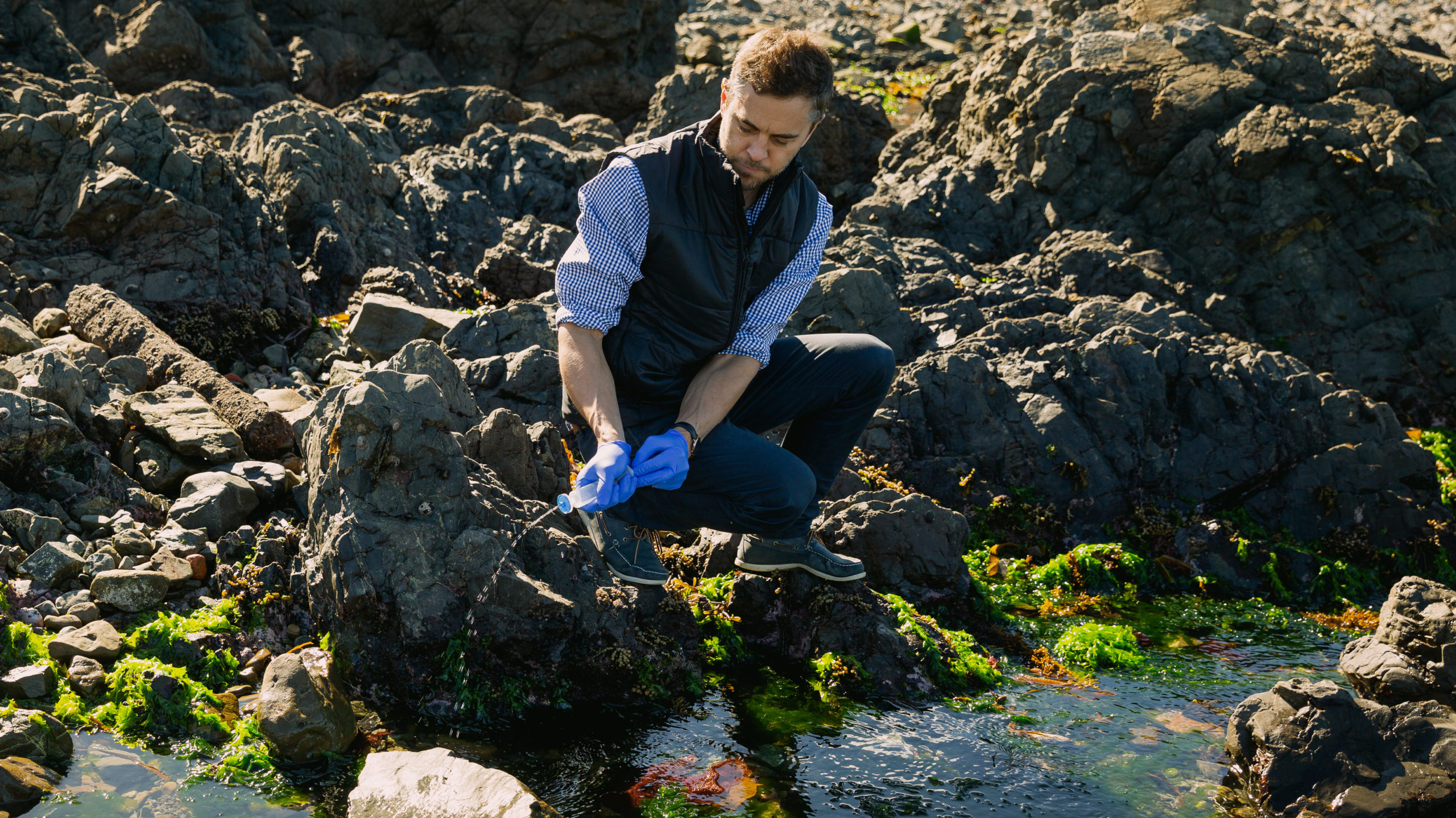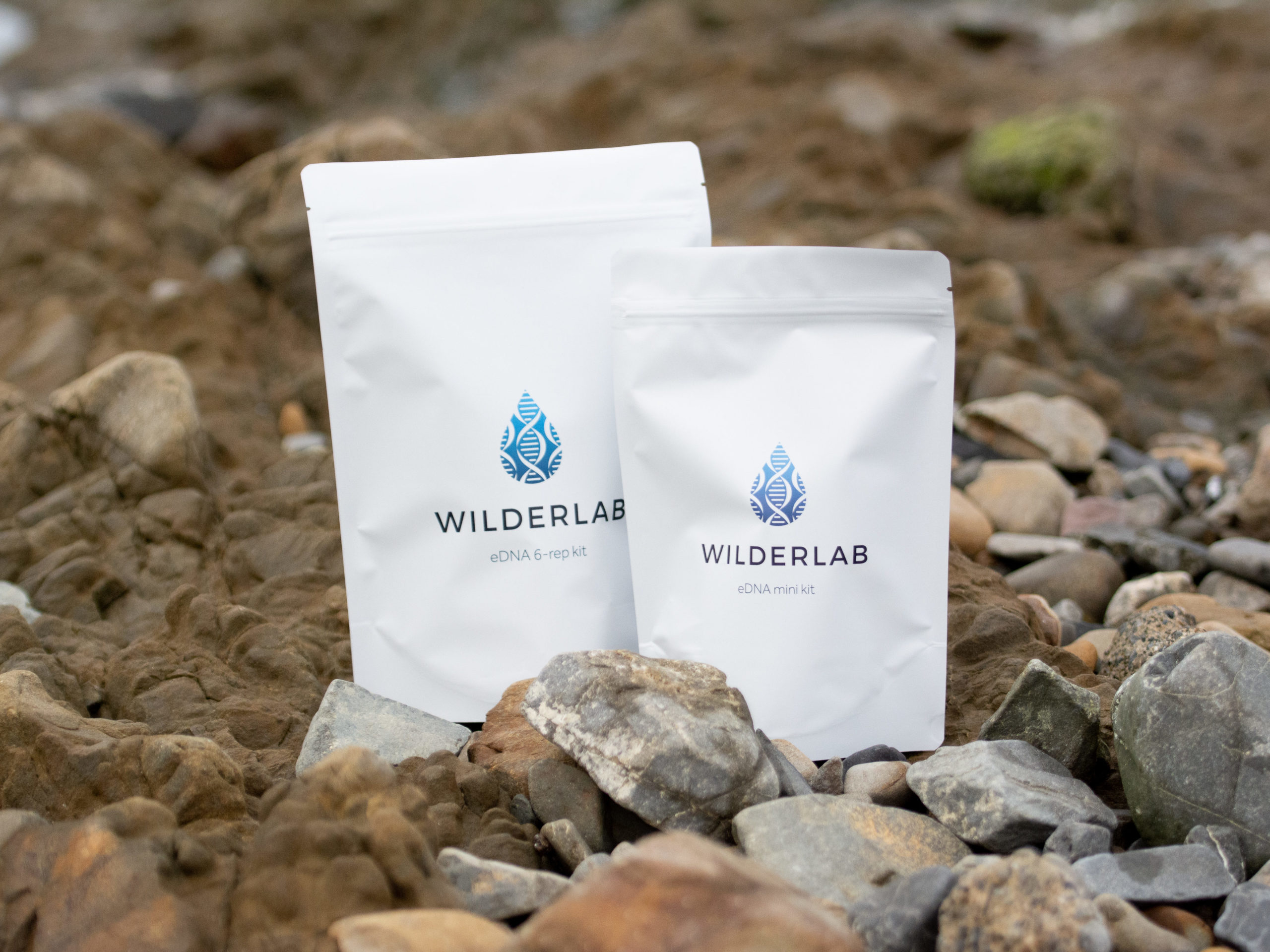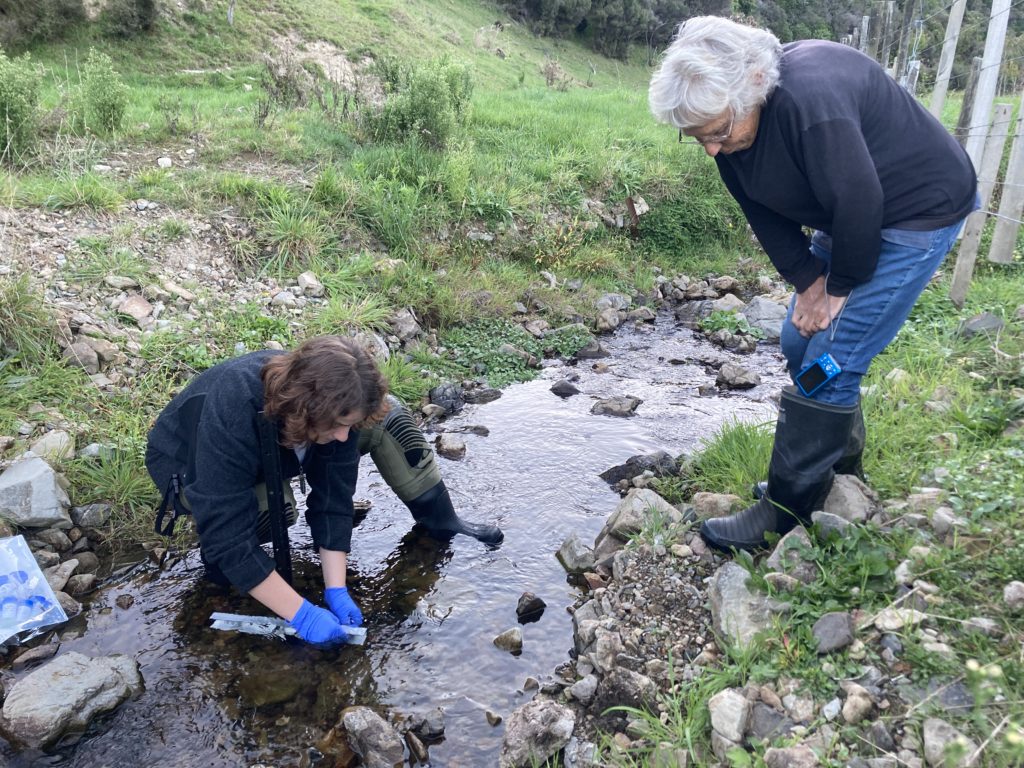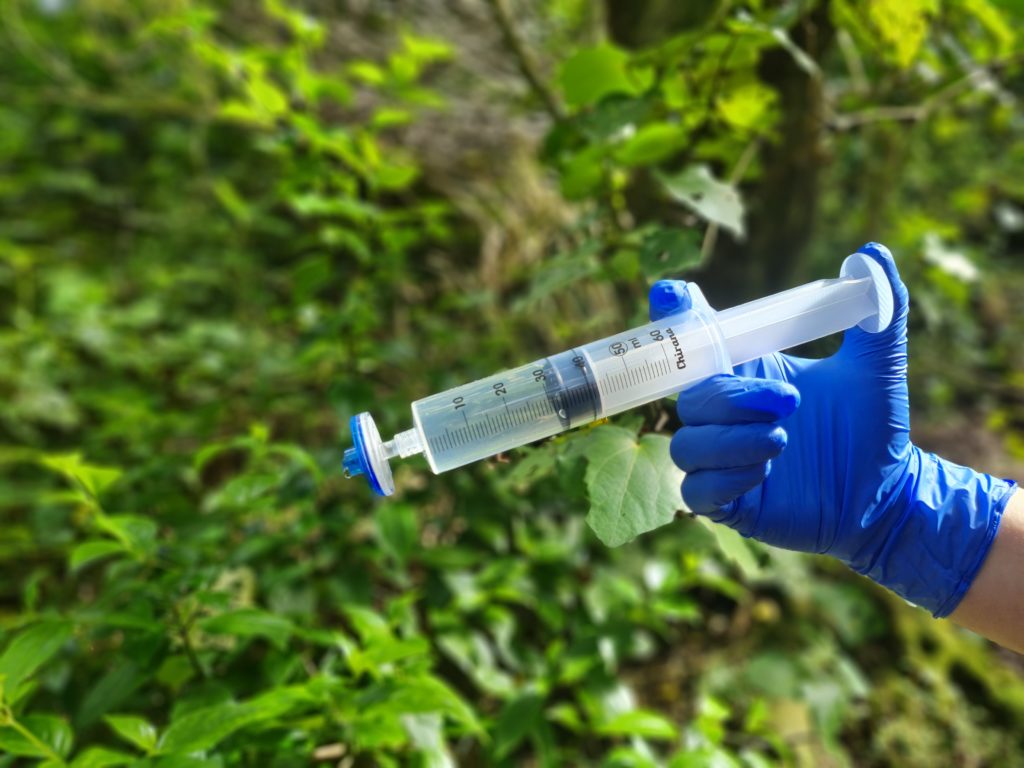Scientists are using genetic material sampled from waterways to discover populations of rare species, indicate river health and solve environmental mysteries.


You’ve heard of forensic detectives looking for traces of hair and skin at a crime scene; Wilderlab scientists use genetic material found in waterways to track down invasive species and discover populations of hard-to-find fish.
Through analysing water samples, the team at Wilderlab can identify thousands of species of plants and animals – all just from a cup or two of water.
The water samples contain environmental DNA (eDNA): genetic material shed by organisms through loss of skin, hair, scales, fluid and faeces.
The data is then used by scientists, businesses and government agencies to monitor species over time and find ways to protect New Zealand’s native flora and fauna.
Wilderlab founder Shaun Wilkinson and his team are currently working with the Department of Conservation and Zero Invasive Predators (ZIP) to monitor pest mammals and measure the health of rivers.
“We can use eDNA to help detect if there are remnant populations of rats and other species in an area after eradication and monitor for re-incursions,” says Shaun.
Previously, scientists only had the technology to target one species at a time. But, Shaun says, the field has seen big changes in the last five years.
“We now have the ability to cast a wide net and monitor hundreds of different species all out of a single cup of water. That’s been the game changer.”
By sampling rivers and streams, pest management groups could learn more about the species present and how their abundance and distribution change with pest control.
Taking care of rivers

“Rivers are teeming with DNA from all sorts of things living in there,” says Shaun.
Wilderlab works closely with stream care groups, dairy farmers and conservation organisations to discover what’s happening in New Zealand’s river ecosystems.
The company recently developed a single metric from the eDNA result, giving an overall view of stream health.
The tool helps people measure their conservation efforts.
“If you’re doing stream improvement work like riparian planting, you’d take samples before and after to see if your efforts have improved the conditions of the stream,” Shaun says.
In Alexandra, the Department of Conservation (DOC) have been using eDNA to find new populations of critically endangered Clutha flatheads, a native fish with a threat ranking the same as the kākāpō.
Since discovering the rare fish, a conservation team has been able to remove trout and install trout-proof barriers in certain areas so their populations can rebound.
How it works
First, clients send in water samples they’ve taken, and the scientists at Wilderlab get to work.
They filter the water, remove the biological molecules, and then extract the DNA, before running it through a sequencer which reads the DNA. They then match it against a reference database and see what species have been in the water.
Secretive species and surprises

While some creatures, like tuna (eel) and other big fish, shed lots of genetic information, reptiles like lizards can be harder to find, says Shaun.
“Lizards tend to be quite cryptic both visually and genetically; they don’t shed as much as other creatures,” he says.
There’s also the issue of finding misleading information in samples – like when Shaun and his team discovered kangaroo DNA in their water samples from Breaker Bay in Wellington.
“Running the sample through our sequencer, we came across a kangaroo hit – it completely threw us,” laughs Shaun.
After some detective work, Shaun and the team solved the mystery: they discovered kangaroo meat was a key ingredient in dog food sold at a nearby supermarket.
To mitigate these challenges, Shaun says eDNA should be used in conjunction with other tools.

